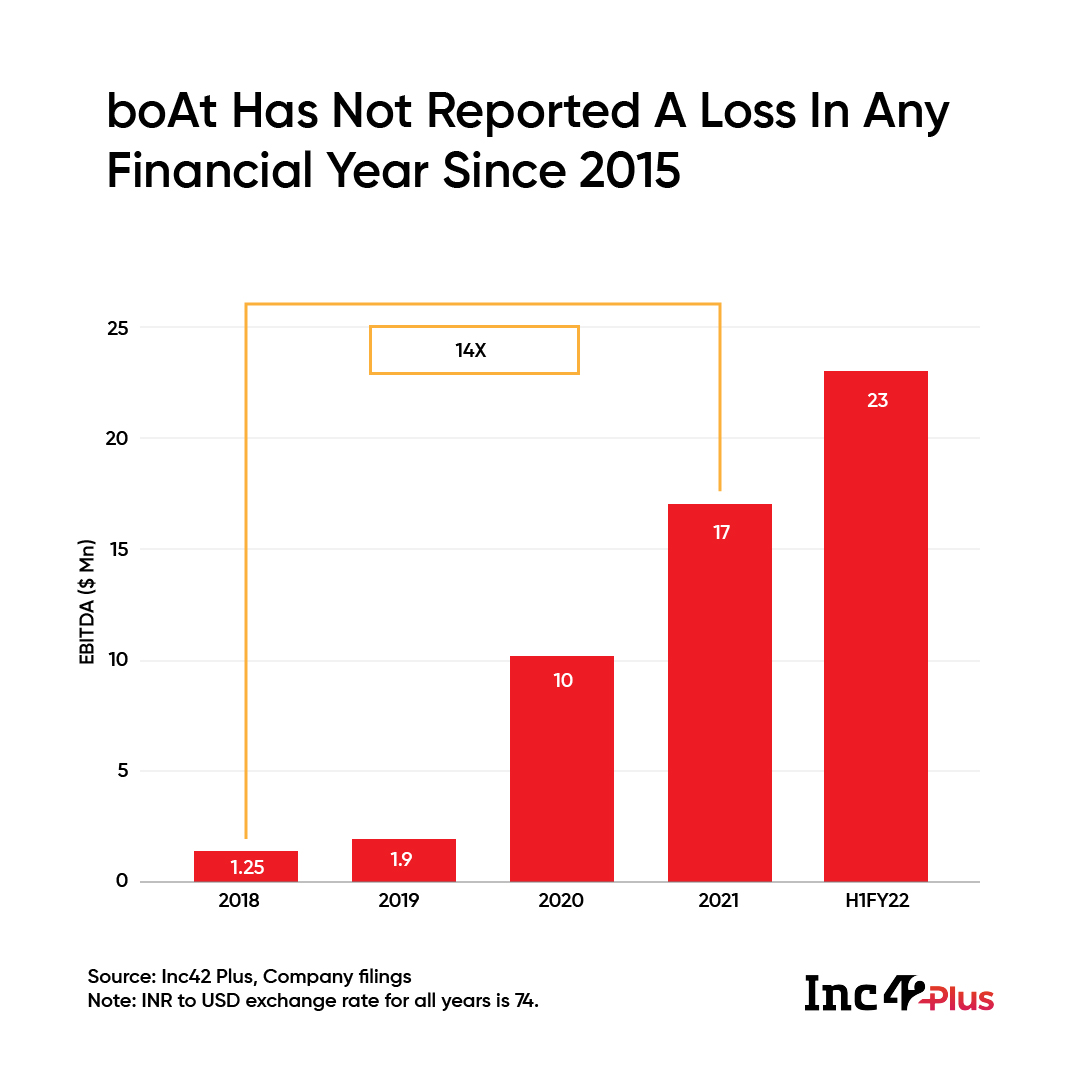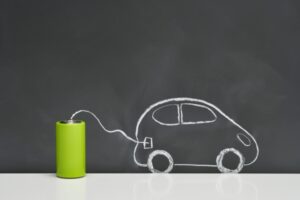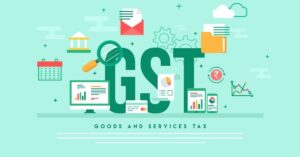To date, boAt is the fastest Indian startup to go for a public listing
It is a first mover at scale compared to other new-age consumer electronics brands
Is boAt IPO a potential multibagger? Find out here
In 2021, the Indian startup ecosystem recorded 11 IPOs, and we already have more than 18 startups lined up for public listings in CY2022. This year’s list includes many notable names such as boAt, OYO and Delhivery.
Interestingly, the new-age consumer electronics brand boAt has quite a few jewels in its crown. It is the fifth-largest wearable brand globally, a profitable startup and did not incur any loss in a single financial year since FY15.
India’s wearable audio devices market is estimated to grow 10x, from $3 Bn in 2020 to $13 Bn in 2025. Furthermore, the online sale of consumer electronics devices is expected to rise from 35% in 2020 to 55% in 2025, indicating a fast-growing addressable market for boAt’s core offerings. To know more about the growth and risk profile of the upcoming boAt IPO, read our latest release — Decoding boAt’s IPO: Growth Potential, Risks & More, Report 2022.
The Growing Addressable Market & Financial Efficiency
A greater reach across ecommerce platforms and social media and superior operational efficiency in launching new products and SKUs will enhance the brand’s image in India, a country with the biggest Gen Z and millennial population globally (708 Mn). Together, Gen Y and Gen Z account for 51% of India’s total population, which equates to 708 Mn individuals out of the total 1.3 Bn strong.

Given that, of the top 100 Indian startups — only 24 are EBITDA-positive — boAt’s results are commendable. Its EBITDA jumped from $1.25 Mn in FY18 to $17 Mn in FY21, a 14x rise. It is also the second- fastest Indian startup to go public in five years.
Sales Dependency On Third-Party Marketplaces
Even boAt, a first-mover at scale, is bound to have a few chinks in its shining armour in a competitive environment. Apart from depending on third-party suppliers and manufacturers, the company heavily banks on third-party marketplaces for its sales.
Around 85% of boAt’s sales in FY21, $152 Mn out of $178 Mn, came from third-party marketplaces such as Amazon and Flipkart. In contrast, its website generated just 3.2% of the total sales. The company’s profit margins can be deeply affected if online marketplaces increase commissions to grow their operating revenue.

Also, stock market analysts will consider sales growth a significant performance indicator for a fast-moving company like boAt. Unlike smaller D2C brands, which often choose to promote the sales share of their websites/apps after gaining traction from marketplaces, a similar move from a company like boAt will translate into an increase in the cost of revenue and a greater possibility of losing sales to its competitors on ecommerce portals.









